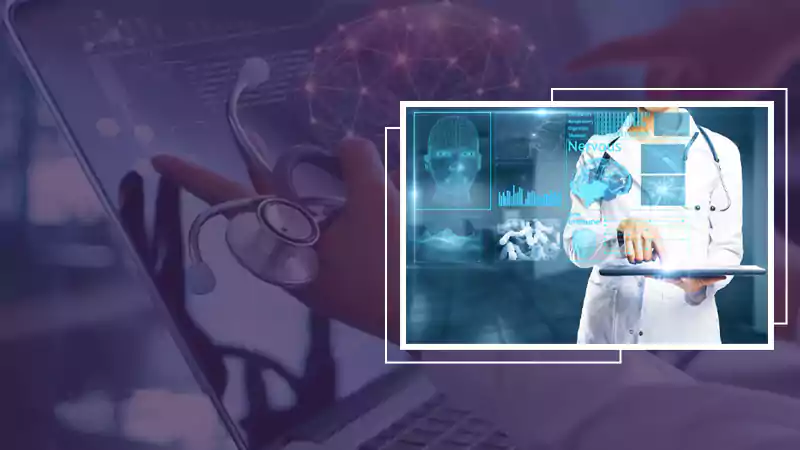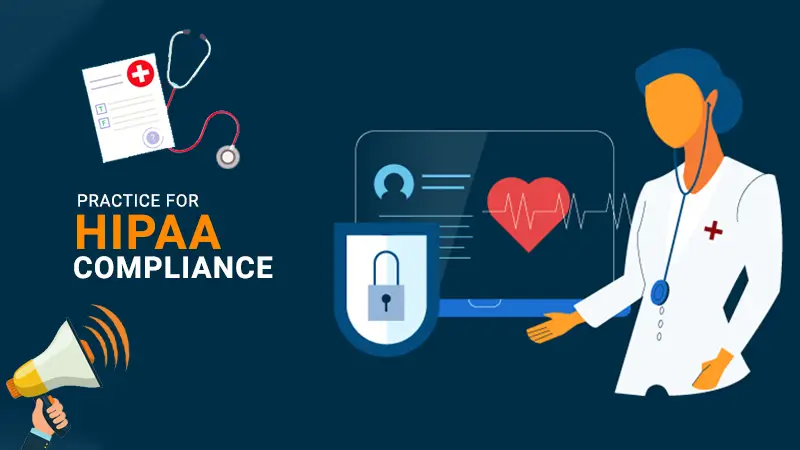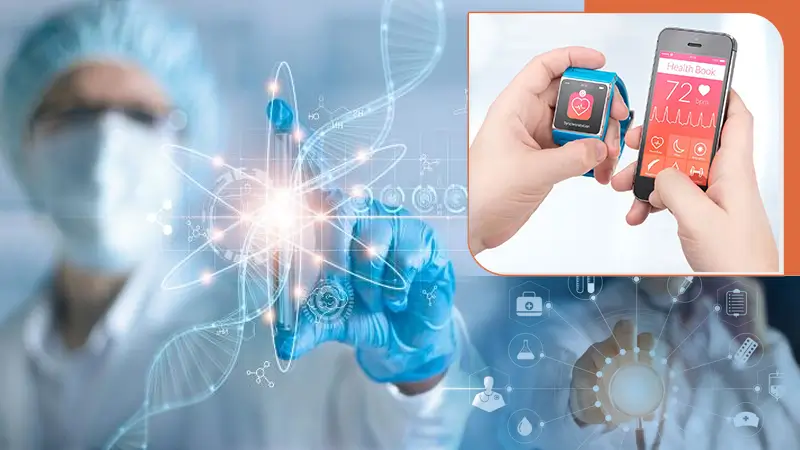LIS vs. LIMS: What’s The Difference?
The laboratory information system (LIS) and laboratory information management system (LIMS) are medical software that holds special importance in the current healthcare landscape. They are used to manage and store valuable patient data that positively impact daily operations.
Many people are confused regarding the differences between LIS and LIMS. Both these medical tools have the same functionality, but their applications differ.
The LIMS is used for pharmaceutical research and other industrial laboratories and helps in environmental, commercial, and research analysis that improves lab workflow.
On the other hand, LIS focuses more on managing relevant patient information and its results. It helps diagnose diseases, so doctors and medical experts can use it to ensure effective treatments and make the right recommendations.
The data that LIS manages is also useful for laboratory testing. It also provides convenience to the lab staff to keep track of orders and transmit data efficiently to EHR (electronic health record).
Let’s explore this guide to compare LIS and LIMS and find out what they do.
First, we will start with LIS to understand its role in the healthcare sector.
LIS (Laboratory Information System):
Keeping Track of Patient Data
One of the primary uses of the LIS is recording patient data. As a lab worker in a hospital, it can make your life easier by helping you deal with the lab’s basic entry process conveniently.
On the other hand, LIMS is more focused on complex functionalities such as sample management and procedure execution. If you compare LIS vs. LIMS, you will understand that LIS focuses more on managing and storing patient data. You can also record the data manually in the software by typing, which can consume more time.
With LIS, you can capture patient data through a voice recognition system that is more user-friendly. LIS can also extract the relevant patient data from the libraries of online servers.
Helping in Reporting
The final report of a patient’s test is another vital aspect of the treatment done in the lab. It is important to ensure that tests are precise and uphold the lab’s authenticity.
With reliable LIS software, you can get accurate and evidence-based results that can positively impact the treatment process. Additionally, it delivers reports on time and speeds up the treatment, allowing doctors and physicians to take timely measures.
Patients can get reports through email or in a hard copy as per their preference.
Ensuring Patient Accessibility
One of the major benefits of LIS systems is that it provides easy access to patients while availing lab services.
From booking tests to getting reports, the laboratory information system has made everything easy for patients by streamlining the entire process. You can get most of the testing and reporting-related matters done by sitting at home hassle-free.
Also, details like medical history and diagnosis of patients are stored in the system. Therefore, it allows patients to access it online conveniently and keep track of their health records.
Now, let’s explore some functions of LIMS to understand how it differs from LIS.
LIMS (Laboratory Information Management System):
Helping in Sample Management
Unlike LIS, LIMS is more focused on sample management. The sample manager of LIMS ensures the accuracy of each sample from when it is received in the laboratory.
The LIMS keeps track of the crucial information related to each sample, like the researcher’s name, storage, expiry date of the sample, and its source. By storing these details, LIMS reduces the risk of loss and contamination of the samples.
Helping in Specimen Processing
Another way that LIMS makes a significant contribution to the healthcare sector is by offering specimen processing. It usually requires more time and closer attention for accurate results.
But with a laboratory information management system, processing specimens becomes easier per specific requirements. It helps track samples in real time and automates the entire process, so lab technicians can work easily.
Integration with Equipment
Another notable feature of the LIMS is that you can integrate it with different types of laboratory equipment. The LIMS software can accept data from equipment and use it for processing.
This instrument integration allows different laboratories to run their operational matters according to their needs. Furthermore, LIMS software can also import result files through integration with different equipment and use it for quality control.
Helping in Procedure Execution
Regarding procedure execution, the LIMS provides full control over it to lab staff. It also helps lab technicians to configure every procedure in the lab.
With the help of advanced configuration options, it becomes easier for lab analysts to understand the relevant processes of the laboratory clearly. Additionally, it allows workers to get access to data in real time.
Let’s find out some benefits of LIS and LIMS to understand their roles in the healthcare sector.
Benefits of LIS
One of the most incredible aspects of the LIS is that it helps to save time and effort. A process like a sample transfer requires a lot of time to send the registered samples and re-register them at the processing center.
A strong and highly-functional LIS has a unique sample tracking model. In LIS, a single bar code is assigned to the whole batch of samples that transfers them to the processing center in less time. It also allocates resources efficiently before the processing center receives the samples.
Furthermore, it saves time for doctors and pathologists to approve medical reports with the auto-authorization feature. It automatically approves the reports that positively impact the workflow.
Medical laboratories can enhance their operational efficiency by integrating the LIS systems. It helps them to transfer data automatically from different devices to LIS on a secure platform. It helps reduce the risk of human error that hugely impacts the treatment process.
Benefits of LIMS
Some of the primary benefits of LIMS are that it helps in sample tracking, workflow automation, and traceability which are the main needs of any laboratory.
A highly-functional LIMS enables laboratories to streamline workflow and save the time of locating samples and calculating results. It would be right to say that LIMS improves the pace of analysis and research and the overall efficiency of a laboratory too.
Conclusion
Based on the key points explained above, it would be right to say that LIS helps to manage individual patient records and report results. It helps to manage and store important patient data, saving lab staff time and effort. On the other end of the spectrum, LIMS focuses more on sample testing, procedure execution, and specimen processing which are more complex functionalities.
Worth Glancing: Benefits of Virtual Hospital for Healthcare Organizations and Patients
Fitness Technology: The Latest Updates and Implications for…
Exploring Telemedicine Credentialing: Tips and Considerations
How to Keep Your Fitness Routine on Track…
The Ultimate Guide for Picking the Perfect Medical…
Take Care & Worry-Less with Bajaj Finserv Health…
Know About Various Types of Hair Transplantation
Top Workout Accessories of This Season
How to Develop High-Quality Medical Image Analysis Software
The 5 Best Practices for HIPAA Compliance
How Healthcare Industry Leverages Machine Learning Through Wearables
5 Best Aromatherapy Diffusers to Buy Online in…
Why are Blue Light Glasses Trending?












